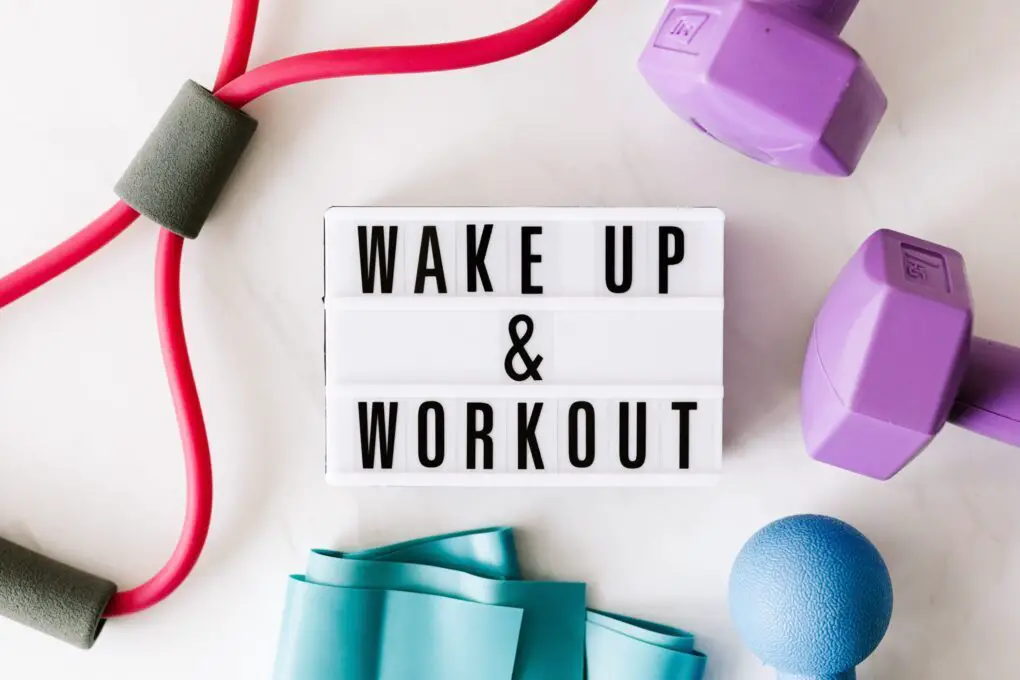
Top Introduction of Cable Squats Row
Cable Squats Row
The cable squat row is a compound workout that combines a squatting motion with a rowing motion using a cable machine. In addition to other muscle groups, the back, biceps, legs, and glutes are worked during this workout.
To perform cable squats row, follow these steps:
- Place yourself in front of a cable machine that has a low pulley attached to a straight bar.
- Using an overhand grip that is marginally broader than shoulder-width apart, grab the bar.
- To generate tension on the cable, take a step back and place your feet shoulder-width apart, pointing your toes slightly outward.
- Bend your knees and push your hips back to descend into a squat.
- Maintain a straight back, a raised chest, and knees that are in line with your toes.
- Pull the bar toward your stomach with your elbows bent and your shoulder blades squeezed together as you stand back up.
- At the peak of the movement, pause for a little while before lowering the bar gradually back to the starting position.
- For the required number of repetitions, repeat.
What are the benefits of cable squat rows?
One complex exercise that is good for the body in many ways is the cable squat. The following are some advantages to doing a cable squat row:
- Lower body strength: The cable squats row is a great exercise for developing lower body strength because it works the quads and legs.
- Enhances posture: The rowing motion works the muscles in your upper back, which can aid with posture and lower your chance of experiencing back pain.
- Targets many muscular groups: This exercise is a great way to make the most of your training time because it works the legs, glutes, back, and biceps.
- Improves balance and coordination: The right execution of the cable squats row exercise demands balance and coordination, which contributes to an improvement in general balance and coordination.
- Offers a cardiovascular exercise: When done with high repetitions or in the context of a circuit training program, cable squats and rows can also offer a cardiovascular workout.
- Easily adjustable: People of all fitness levels can perform cable squats row by changing the weight, the position of their feet, or their grip on the bar.
Overall, cable squats are a versatile and effective exercise that can help improve strength, posture, coordination, and cardiovascular health.
It’s important to maintain proper form throughout the exercise to avoid injury and get the most benefit from the workout. Start with lighter weights and gradually increase as you become more comfortable with the movement.
Squats Rack With Cable Crossover
Squats rack with cable crossover is a type of exercise equipment that combines a squat rack with a cable crossover machine. This allows for a wider range of exercises to be performed on one piece of equipment. The squat rack is typically used for exercises such as squats, lunges, and bench presses, while the cable crossover machine allows for exercises such as cable rows, cable crossovers, and cable curls.
The benefits of using a squats rack with cable crossover include:
- Versatility: With this equipment, you can perform a variety of exercises that target different muscle groups, making it an efficient use of space and time.
- Full-body workout: The combination of the squat rack and cable crossover machine provides a full-body workout that targets the upper and lower body, as well as the core muscles.
- Adjustable resistance: The cable crossover machine typically allows for adjustable resistance, which means you can easily increase or decrease the weight to suit your fitness level.
- Enhanced stability and balance: While the cable crossover machine enables more dynamic movements that also test balance and coordination, using a squat rack for workouts like squats and lunges can help enhance stability and balance.
- Increased muscle mass: You can more effectively gain strength and muscle mass by engaging in activities that focus on several muscle groups.
One exercise that helps develop muscles and burn fat in the lower body is the cable squat. This workout strengthens the legs, ankles, and knee bones while reducing belly fat. Because of the way we live, it makes us more flexible, and it becomes harder for us to maintain the proper balance in our bodies. By using cable squat workouts, our body’s muscles generate friction, which helps us keep our equilibrium. Exercises like cable squats are also helpful for reducing tension, which is getting worse every day. Our bodies produce more helpful hormones faster when we workout.
How many squats a day should a novice perform?
It is important that beginners begin gently and gradually increase the number of squat repetitions they perform. It is recommended to start with 1-2 sets of 10-15 squats per set, and then gradually increase the number of sets and repetitions as your fitness level rises.
The number of squats a beginner should perform each day depends on their age, degree of fitness, and overall health. Squats should ideally be performed by beginners two to three times a week, with at least one day of rest in between. This allows the muscles to repair and recover after each session.
It is important to listen to your body and refrain from overtraining, even though it can lead to injury and muscle soreness. Maintaining proper form during an exercise routine is essential for avoiding injuries and getting the most out of it.
As you become more acquainted with the exercise, it is critical to gradually increase the number of squats you practice each day while maintaining proper form. It is advisable to consult with a qualified fitness specialist prior to starting a new exercise regimen to ensure that it is safe and appropriate for your individual needs.
Mistakes Made in the Cable Squat Workout
Like any workout, doing cable squats wrong can result in injury or unproductive results. When doing cable squats, keep in mind the following typical mistakes:
- Incorrect form is one of the most frequent errors people make when doing cable squats. Throughout the exercise, it is critical to maintain your knees in line with your toes, your back straight, and your feet shoulder-width apart. Throughout the workout, make sure to keep your posture straight.
- Inappropriate weight selection: Using too little weight may not offer enough resistance to adequately strengthen your muscles, while using too much weight might lead to a loss of form. Select a weight that will challenge your muscles while enabling you to complete the exercise with the correct technique.
- Overly forward leaning: Excessive forward leaning during cable squats can exacerbate lower back discomfort and decrease the exercise’s efficacy. Throughout the exercise, make sure to maintain a straight back and an elevated chest.
- Not using your glutes: Although cable squats are a great way to build your glutes, a lot of people do not do them correctly. Make sure you are using your glutes by concentrating on squeezing them at the peak of the exercise.
- Moving too quickly: Moving too quickly during an exercise might lessen its effectiveness and raise the possibility of harm. Take your time, go through the exercise deliberately and gently.
You can make sure you get the most out of your cable squat workout and lower your chance of injury by avoiding these frequent blunders. Always begin with a low weight and work your way up to a higher one as you gain comfort with the exercise.



